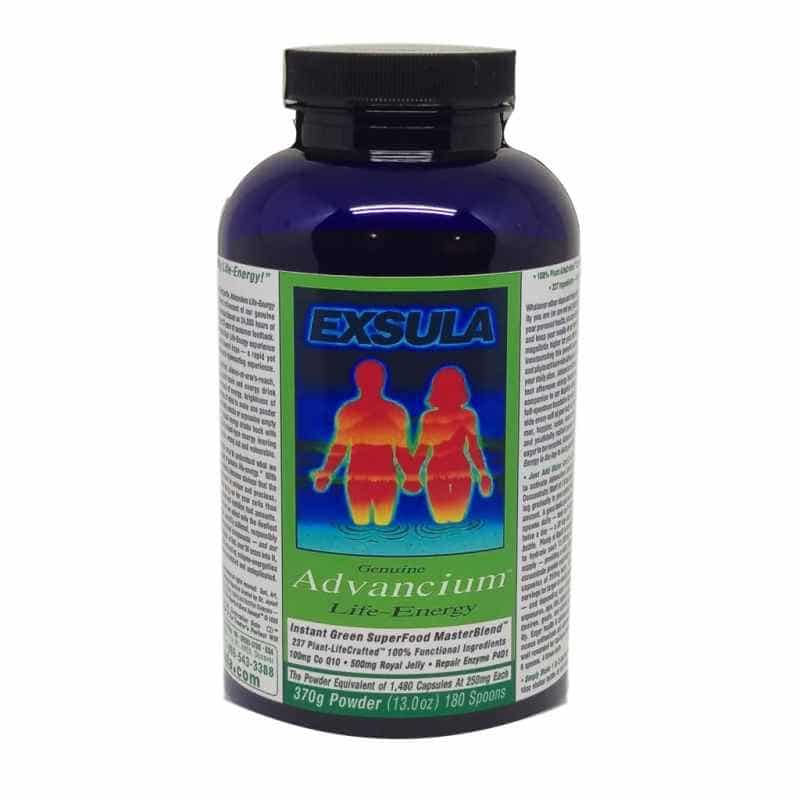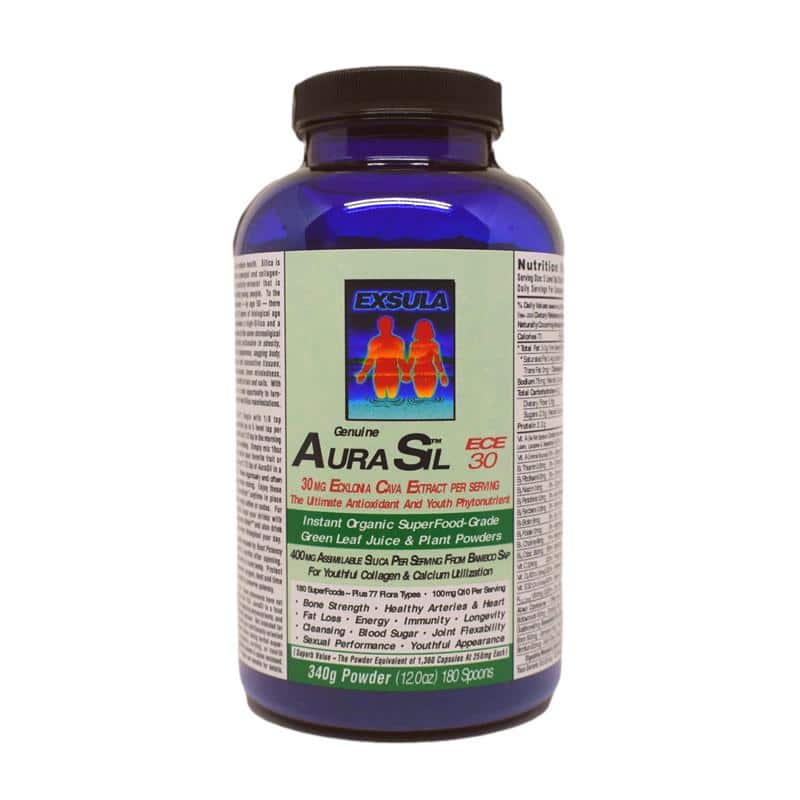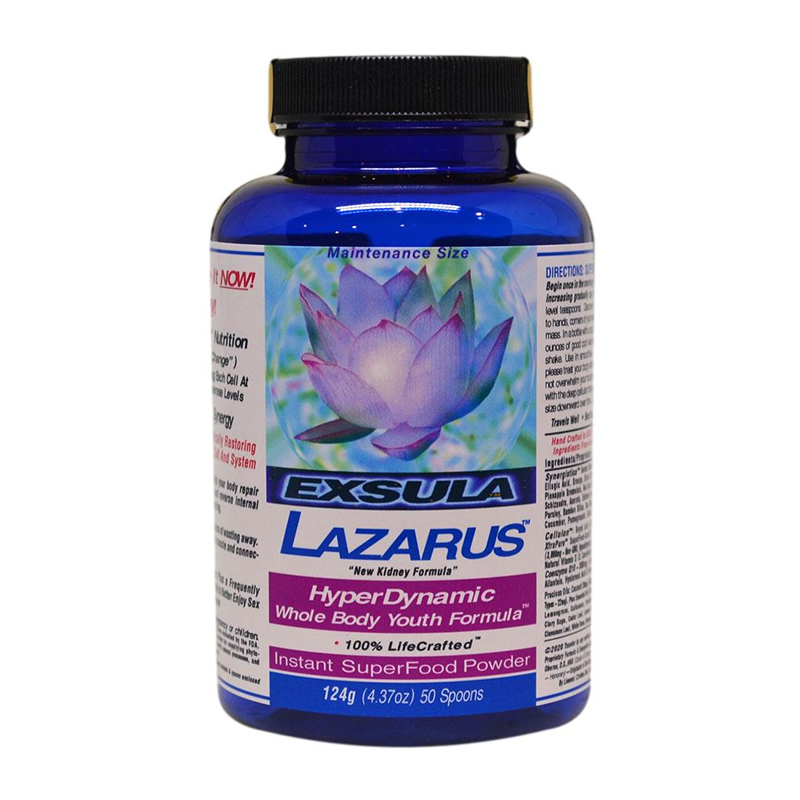No products in the cart.
Parsley (Petroselinum crispum, Umbelliferae)
Powerful cleanser of organs of elimination – especially the kidneys. Overall tonic. Outstanding for energy, stamina and endurance. A favorite of athletes for its chlorophyll, vitamins, minerals and phytonutrients.
- Excellent source of Vitamin C, Vitamin A and folate
- Very good source of iron
- Good source of copper, potassium, calcium, magnesium, zinc, Vitamin E, manganese, tryptophan, Vitamin B2 (riboflavin) and Vitamin B3 (niacin).
- One ounce serving of parsley contains only 10 calories.
- Contains a large amount of chlorophyll, acting as a natural breath sweetener.
- Contains the nutrients iron, calcium and sodium.
- Cleanses the blood and reduces coagulants in the veins.
- Clears kidney stones.
A sprig of parsley can provide much more than a decoration on your plate. Parsley contains two types of unusual components that provide unique health benefits. The first type is volatile oil components – including myristicin, limonene, eugenol, and alpha-thujene. The second type is flavonoids – including apiin, apigenin, crisoeriol, and luteolin. Parsley contains two types of components which provide unique health benefits. The first is it’s volatile oils which contain myristicin, eugenol, alpha-thujene and limonene. Myristicin has been shown to inhibit tumor formation, particularly in the lungs. The oils found in parsley can help neutralize certain types of carcinogens.
The other component of parsley which provides health benefits is flavonoids. Luteolin has been shown to function as an antioxidant which combines with highly reactive oxygen-containing molecules to help prevent oxygen-based damage to cells. In addition to it’s oils and flavonoids, parsley is also rich in Vitamin C, folic acid and beta-carotene. Vitamin C acts as a powerful anti-inflammatory. Consumption of high levels of Vitamin C and beta-carotene have shown to reduce the risk of colon cancer, diabetes and asthma. Folic acid is a critical nutrient from proper cell division and is important for cancer prevention in the colon and the cervix, two areas of the body which contain rapidly dividing cells.
Multifaceted Cancer Prevention
Parsley’s volatile oils – particularly myristicin – have been shown to inhibit tumor formation in animal studies, and particularly, tumor formation in the lungs. Myristicin has also been shown to activate the enzyme glutathione-S-transferase, which helps attach the molecule glutathione to oxidized molecules that would otherwise do damage in the body. The activity of parsley’s volatile oils qualify it as a ‘chemoprotective’ food, and in particular, a food that can help neutralize particular types of carcinogens (like the benzopyrenes that are part of cigarette smoke, charcoal grill smoke, and the smoke produced by trash incinerators).
Potent Antioxidant Capacity
The flavonoids in parsley – especially luteolin – have been shown to function as antioxidants that combine with highly reactive oxygen-containing molecules (called oxygen radicals) and help prevent oxygen-based damage to cells. In addition, extracts from parsley have been used in animal studies to help increase the antioxidant capacity of the blood.
A Rich Source of Antioxidant and Cardio-Protective Nutrients
In addition to its volatile oils and flavonoids, parsley is an excellent source of three vital nutrients that are also important for the prevention of many diseases: vitamin C, beta-carotene, and folic acid. Vitamin C has many different functions. It is the body’s primary water-soluble antioxidant, rendering harmless otherwise dangerous free radicals in all water-soluble areas of the body. High levels of free radicals contribute to the development and progression of a wide variety of diseases, including atherosclerosis, colon cancer, diabetes, and asthma. This may explain why people who consume healthy amounts of vitamin C-containing foods have reduced risks for all these conditions. Vitamin C is also a powerful anti-inflammatory agent, which explains its usefulness in conditions such as osteoarthritis and rheumatoid arthritis.
And since vitamin C is needed for the healthy function of the immune system, it can also be helpful for preventing recurrent ear infections or colds. Beta-carotene, another important antioxidant, works in the fat-soluble areas of the body. Diets with beta-carotene-rich foods are also associated with a reduced risk for the development and progression of conditions like atherosclerosis, diabetes, and colon cancer. Like vitamin C, beta-carotene may also be helpful in reducing the severity of asthma, osteoarthritis, and rheumatoid arthritis. And beta-carotene is converted by the body to vitamin A, a nutrient so important to a strong immune system that its nickname is the “anti-infective vitamin.”
Folic acid, one of the most important B vitamins, plays numerous roles in the body, but one of its most critical roles in relation to cardiovascular health is its necessary participation in the process through which the body converts homocysteine into benign molecules. Homocysteine is a potentially dangerous molecule that, at high levels, can directly damage blood vessels, and high levels of homocysteine are associated with a significantly increased risk of heart attack and stroke in people with atherosclerosis or diabetic heart disease. Enjoying foods rich in folic acid, like parsley, is an especially good idea for individuals who either have, or wish to prevent, these diseases. Folic acid is also a critical nutrient for proper cell division and is therefore vitally important for cancer-prevention in two areas of the body that contain rapidly dividing cells-the colon, and in women, the cervix.
Protection against Rheumatoid Arthritis
While one July 2004 study suggests that high doses of supplemental vitamin C makes osteoarthritis, a type of degenerative arthritis that occurs with aging, worse in guinea pigs, another indicates that vitamin C-rich foods, such as parsley, provide humans with protection against inflammatory polyarthritis, a form of rheumatoid arthritis involving two or more joints. The findings, presented in the Annals of the Rheumatic Diseases were drawn from a study of more than 20,000 subjects who kept diet diaries and were arthritis-free when the study began, and focused on 73 subjects who developed inflammatory polyarthritis and 146 similar subjects who remained arthritis-free during follow-up between 1993 and 2001. Subjects who consumed the lowest amounts of vitamin C-rich foods were more than three times more likely to develop arthritis than those who consumed the highest amounts. (August 1, 2004)
The History of Parsley
While parsley is a wonderfully nutritious and healing food, throughout history, it has often been under-appreciated. Until recently, parsley was mainly used as a decorative garnish which accompanies meals. While, it has been cultivated for over 2,000 years, although not consumed as a food, some civilizations did recognize the medicinal uses of this plant.
Throughout history, Parsley teas have been used effectively to treat kidney stones, bladder infections, jaundice and digestive disorders. Oil from the leaves and roots was used to repel head lice. As far back as Hippocrates, parsley was used in medicinal recipes for cure-alls, general tonics, poison antidotes and anti-rheumatics.
The Greeks held parsley in high esteem, crowning the victors at Isthmian and Nemena Games with chaplets of parsley. Wreaths were made out of parsley and placed on the tombs of the dead. The herb was never brought to the table of old, being held sacred to oblivion and to the dead. The civilization of the ancient Romans can be credited with being the first to bring this herb to the table as a garnish.
Parsley is used in the Hebrew celebration of Passover as a symbol of Spring and Rebirth. It is uncertain when parsley began to be consumed as a seasoning, but it is believed to be sometime during the Middle Ages in Europe. It is said to have been brought to North America by the ancient Vikings. (Medieval Scandinavians) Today, parsley is associated with lust, good luck, protection, purification, fertility, health, stamina, passion, meditation, rituals for the dead, and happiness.
Parsley has been used for a very long time. In ancient Rome and Egypt, it was used for its cleansing properties to treat urinary tract, bladder, and kidney issues. To this day, parsley is used as a strong diuretic to help those who suffer from bloating and water retention, as well as male patients with an inflamed prostate gland. Roman emperor Tiberius served parsley root boiled in mead wine as a delicious treat. Ancient Romans valued parsley as a symbol of joy and glory. It originally came from higher altitudes of the Mediterranean, where it is still widely available, but it quickly found its way to the whole world. It soon became a very common ingredient in soups, stews, sauces, and stuffings in many cultures and countries.
Classification
Division: Magnoliophyta
Class: Magnoliopsida
Order: Apiales
Family: Apiaceae
Habitat: Native to the Eastern Mediterranean, cultivated worldwide.
Collection: The root is collected in the autumn from two year old plants. the leaves can be used any time during the growing season.
Part Used: The tap root, leaves and seeds.
Constituents:
- Volatile oil, containing apiole, myristicin, b-phellandrene, p-mentha-1,3,8-triene, 4- isopropenyl-l-methylbenzene, 2-(p-toluyl)propan-2-ol
- Coumarins
- Flavonoids
- Phthalides
- Vitamins.
Actions: Diuretic, expectorant, emmenagogue, carminative, anti-spasmodic, hypotensive.
Indications: The fresh herb, so widely used in cookery, is a rich source of vitamin C. Medicinally, Parsley has three main areas of usage. Firstly, it is an effective diuretic, helping the body get rid of excess water and so may be used wherever such an effect is desired. Remember, however, that the cause of the problem must be sought and treated -don’t just treat symptoms.
The second area of use is as an emmenagogue stimulating the menstrual process. It is advisable not to use parsley in medicinal dosage during pregnancy as there may be excessive stimulation of the womb. The third use is as a carminative, easing flatulence and the colic pains that may accompany it.
CAUTION: Do not use during pregnancy in medicinal dosage.
Preparations & Dosage:
- Infusion: pour a cup of boiling water onto 1-2 teaspoonfuls of the leaves or root and let infuse for 5-10 minutes in a closed container. This should be drunk three times a day.
- Tincture: take 1-2 ml of the tincture three times a day.
Benefits
One of the most potent compounds found in parsley is a flavonoid called apigenin. Apigenin has strong anti-inflammatory benefits, helps to prevent stomach ulcers, and is able to inhibit histamine release. This discovery was published in 1984, so the link between apigenin and histamine release by mast cells as an inflammatory response is not a new idea. This study showed an increased antioxidant capacity in those who consumed parsley. Another paper shows anti-inflammatory effects of apigenin in asthma patients. Carnosol present in parsley is known to have anti-inflammatory effects as well. But the list of the benefits of parsley doesn’t end here! Consuming this green goodness helps to lower the amount of serum uric acid (serum = in the bloodstream), Quercetin in parsley is a strong antihistamine, and other compounds including a lot of Vitamin C, Vitamin E (tocopherol), carotenoids, flavonoids, and terpenoids turn parsley into a powerful anti-inflammatory and antioxidant, antimicrobial, anticoagulation, and anti-anemic agent. Unfortunately, you will need to find another source if you are allergic to carrots, parsnips, and celery as they are part of the same plant family.
Parsley can help to lower high blood pressure, protect the liver, and lower the levels of blood glucose and triglycerides. It also contains a lot of chlorophyll, a green plant pigment that helps to purify the blood and create new red blood cells. Chlorophyll and flavonoids in parsley together help to form tripeptides that help our cells to communicate better, and as a result, our bodies can function more efficiently in many areas, including faster healing and recovery, and more effective detoxification and oxygen delivery throughout the body. Better oxygen distribution equals better cellular energy and that ultimately leads to better health. Chlorophyll in parsley can also help to eliminate body odor. In this case, chlorophyll acts as an anti-mutagen that basically prevents bacteria responsible for unpleasant body odor to reproduce. It is a good idea to combine parsley with foods that lead to body odor, like garlic and onion. Parsley combined with apple cider vinegar works extremely well to reduce body odor, and it also supports digestion.
Another amazing nutrient parsley is packed with is Vitamin B9 (folate). Folate has an ability to reduce inflammation and is important for cancer prevention, as well as for the proper development of a fetus. Natural acids, chlorophyll, and enzymes in parsley support healthy gut flora and help to detoxify the body. Parsley is also very rich in essential oils, mostly apiol, terpene, felandren, cymol, and pinene. They are present in both the leafy part as well as the root of the plant. These essences are what encourages kidneys to increase urine elimination. This diuretic ability is especially helpful for those with high blood pressure and compromised kidney function, urinary tract infection, prostate issues, or kidney failure. The spasmolytic action of these essences helps to increase blood flow around the kidneys and digestive tract, and widens the arteries which slightly lowers the blood pressure. Cucumber, tomatoes, peaches, cherries, grapes, and asparagus have the same diuretic effect, so if you suffer from water retention, think about adding more of these foods to your plate! Pregnant women, especially in the final stages of pregnancy, should consume these foods with caution though, because of the spasmolytic effect it can also have on the uterus. In the past, parsley juice was actually used to induce late labor. That said, it should be safe to consume in moderation as a seasoning.
Parsley also helps to eliminate sodium via urine, and at the same time increase the absorption of potassium. If you consume a lot of salty foods or suffer from high blood pressure because of high sodium levels (we learned about the importance of sodium from real salt before), you can benefit from adding more parsley to your plate. Parsley is rich in potassium, calcium, manganese, magnesium, iron (thus helping with anemia), copper, sulfur, iodine, and chlorine. Consuming parsley (again, both root and leaves) is recommended if you suffer from mineral deficiency and diseases that come with it, like Crohn’s disease or Ulcerative Colitis. In treating these diseases, parsley is just as helpful as often recommended spinach and red beets. You can already tell that parsley is so much more than just a nice looking garnish. And the best thing about it? It is very easy to grow at home and to cook with!
IN THE KITCHEN
You don’t need to limit yourself and just sprinkle chopped parsley leaves over your soup. The possibilities are endless! Parsley root aka Parsnip is delicious combined with carrot, both raw and cooked, in soups, stews, or a mash. I like adding some parsnip to my bone broth, creamy soup, or a cauliflower mash, and I also grate it in the mix when making coleslaw. You can use the root along with carrots and beets to make juice or smoothie, particularly when combined with an apple and a chunk of fresh ginger. Using the leafy part of parsley is even easier! We recognize two main types of parsley, when it comes to the green part – curly-leaf (Petroselinum crispum) and flat-leaf (Petroselinum crispum neapolitanum, also known as Italian parsley).
???????Flat-leaf parsley has a more intense flavor, but you can substitute one for the other without any concern. The curly-leaf is often used as a culinary garnish and even though it has a much milder taste, the benefits are basically the same as the flat-leaf type, with less essential oils and aroma. Chop a handful of parsley leaves over your salad, soup, meatballs, or basically any savory dish to add a flavor punch and a boost of all the benefits listed above. Adding a handful or two into your smoothie is a wonderful idea. You can try this smoothie recipe, make some yummy parsley pesto, chimichurri sauce, or simply chop a few leaves into your homemade mayo (for an egg free, autoimmune friendly recipe, click here)! And if you don’t cook at all, just put a few stems in your water bottle!
If you could only grow one herb at home, you should definitely pick parsley! It is very easy to grow in a simple flower pot or a window box, it is pretty resilient, and can withstand warm and cold temperatures. Just a quick tip: flat-leaf parsley looks very similar to cilantro, so if you are one of those people who can’t stand cilantro, double check before you buy a bunch. You can, of course, grow parsley in your garden for both the root and the leaves: here is a nice post on growing your own parsley! I currently don’t grow my own, but I always keep plenty of parsley leaves in my freezer and add them to my smoothies and soups. Buying fresh herbs is pretty inexpensive, so even if you don’t want to or can’t grow your own, you can still buy some and upgrade your dishes with one simple, but powerful ingredient!







